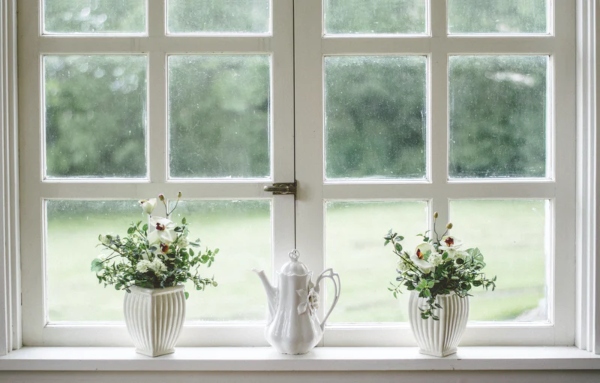 When having windows installed in your home, you need to consider your window choice's efficiency carefully. After all, windows play a critical role in keeping your home warm during the winter and cool during the summer. If you are investing in new windows, you will want to make sure that the performance levels are high in this regard. For this to be the case, you will need to understand the difference between the U-value and the R-value, which is something we will discuss in more detail below.
When having windows installed in your home, you need to consider your window choice's efficiency carefully. After all, windows play a critical role in keeping your home warm during the winter and cool during the summer. If you are investing in new windows, you will want to make sure that the performance levels are high in this regard. For this to be the case, you will need to understand the difference between the U-value and the R-value, which is something we will discuss in more detail below.
The U-value
Let's start by looking at the U-value, which is also sometimes referred to as the U-factor. This is one of the most important factors you need to take into account when it comes to the performance of the glass. The U-value is used to measure the glass's insulating characteristics. In other words, it will determine how much heat loss or heat flow happens through the glass because of the difference between the outdoor and indoor temperatures.
U-values are important because they will give you an indication of how an insulated glass unit (IGU) is going to be able to hold when the air is cooled or heated. The lower the number, the better this means in terms of the insulation performance. In terms of the rating, you can expect this to start at 0.1, which indicates very little heat loss, all the way up to 1.0, which is used to denote a high level of heat loss. The window's U-value is measured by taking the number of BTUs that will pass through every square foot of area per degree of the difference in temperature from one window side to the other.
The R-value
Now that you know what the U-value is, let’s explain how the R-value works. R-value is used to measure how other areas of the building envelope are performing. These elements can include roofs, floors, and walls.
It is important to understand both values because they are reciprocals of one and other. Therefore, while lower U-values indicate improved insulating performance, better thermal resistance is indicated by higher R-values. Getting the balance right is important in any home.
Contact us today for more information
So there you have it: everything that you need to know about the U-value and the R-value when it comes to the efficiency of window installation. This is something you need to consider carefully if you are embarking on a window replacement project. To discuss your requirements in further detail, please do not hesitate to call the team here at More for Less Remodeling for more information! We will be happy to assist you in any manner we can.
